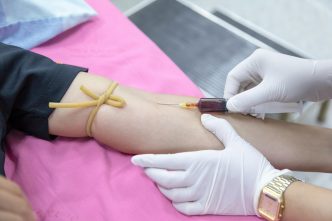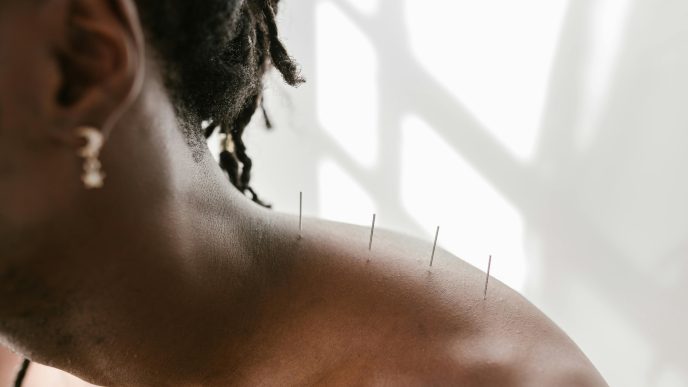Just diagnosed with polymyalgia rheumatica (PMR)? The most common first step is a short course of prednisone (a corticosteroid). Prednisone calms the inflammation driving your shoulder and hip stiffness — often within days — and then your care team lowers the dose slowly to keep symptoms away while avoiding side effects. This page gives you the big picture of why prednisone helps, how it’s used, and what to watch for next.
What prednisone does
PMR symptoms come from inflamed tissues around your shoulders and hips (bursae and tendon sheaths). Prednisone tells the immune system to “turn the volume down,” lowering those inflammatory signals and easing aching and morning stiffness. That’s why many people feel clearly better soon after starting the right dose.
How quickly should I feel better?
Most people notice meaningful improvement within a few days to 1–2 weeks. If stiffness and pain don’t budge after a reasonable starting dose, your team rechecks the dose and the diagnosis (because some look-alike conditions need different care).
Typical starting doses and the “slow taper”
- Starting dose: Many guidelines suggest 12.5–25 mg of prednisone (or prednisolone) once each morning; your exact dose is individualized.
- Early goal: Reach about 10 mg/day by 4–8 weeks, if you’re improving.
- Then go slow: After that, taper gradually — often by about 1 mg every 4+ weeks — with adjustments based on your symptoms and lab markers (ESR/CRP). Slower tapers under 10 mg tend to relapse less.
Why “once in the morning”? Using a single daily dose (rather than split doses) is conditionally recommended in PMR and fits your body’s normal cortisol rhythm. Your clinician may make exceptions in special situations.
What if I flare during the taper?
Relapses happen. A common, guideline-supported move is to return to the last dose that kept you well, wait for symptoms to settle, then resume a slower taper from there. If flares repeat—or side effects mount—your team may add a steroid-sparing medicine.
When prednisone alone isn’t enough
If tapering proves difficult or side effects pile up, options include:
- Methotrexate (MTX): The best-studied add-on to reduce total steroid exposure for some patients.
- IL-6 inhibitors: Sarilumab is FDA-approved for adults with PMR who can’t taper or don’t respond well to steroids; randomized trials showed more sustained remission with lower steroid use. Tocilizumab has RCT evidence too (used off-label in PMR). We’ll cover details on separate pages.
Safety first: make prednisone as safe as possible
Even low-to-moderate steroid doses can affect bones, blood pressure, blood sugar, eyes, and infection risk over time. Expect a plan that includes:
- Bone protection: Calcium + vitamin D, weight-bearing exercise, and—if your fracture risk is higher—bone-protective medicine.
- Monitoring: Regular visits early on (symptoms + ESR/CRP), then spaced out as you stabilize.
- Vaccines & infection awareness: Stay current on recommended vaccines; call early for signs of infection.
These steps are part of standard PMR care right alongside the taper.
How to take prednisone (practical tips)
- Timing: Take once in the morning (unless your clinician advises otherwise).
- With food: Helps protect your stomach.
- Don’t stop suddenly: Stopping abruptly can cause a rebound of symptoms and other issues—always taper with your team’s guidance.
- Track your progress: Jot down morning stiffness minutes, pain (0–10), and what daily tasks are hard (coat sleeves, stairs). This helps fine-tune the taper.
When to contact your clinician urgently
- GCA red flags: New headache, scalp tenderness, jaw pain while chewing, or any vision change? Get same-day evaluation to protect your vision.
- Infection signs: Fever, shaking chills, cough that worsens, or feeling unwell, especially early in treatment.
The big picture
Prednisone is the cornerstone of PMR treatment because it directly cools the inflammation that makes you stiff and sore. Most people improve quickly, then step down the dose slowly over many months. If tapering is rough, there are well-studied backup options — and a lot we can do to prevent side effects while you heal.













